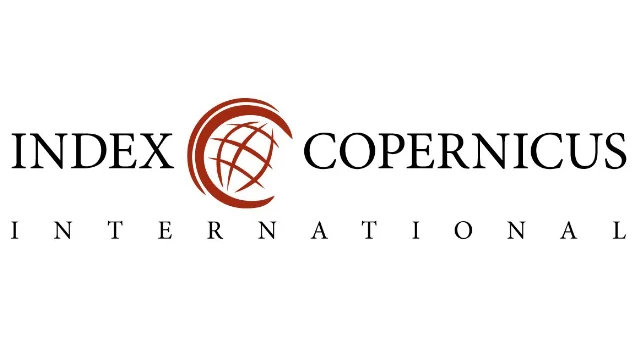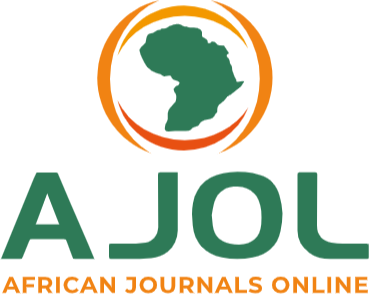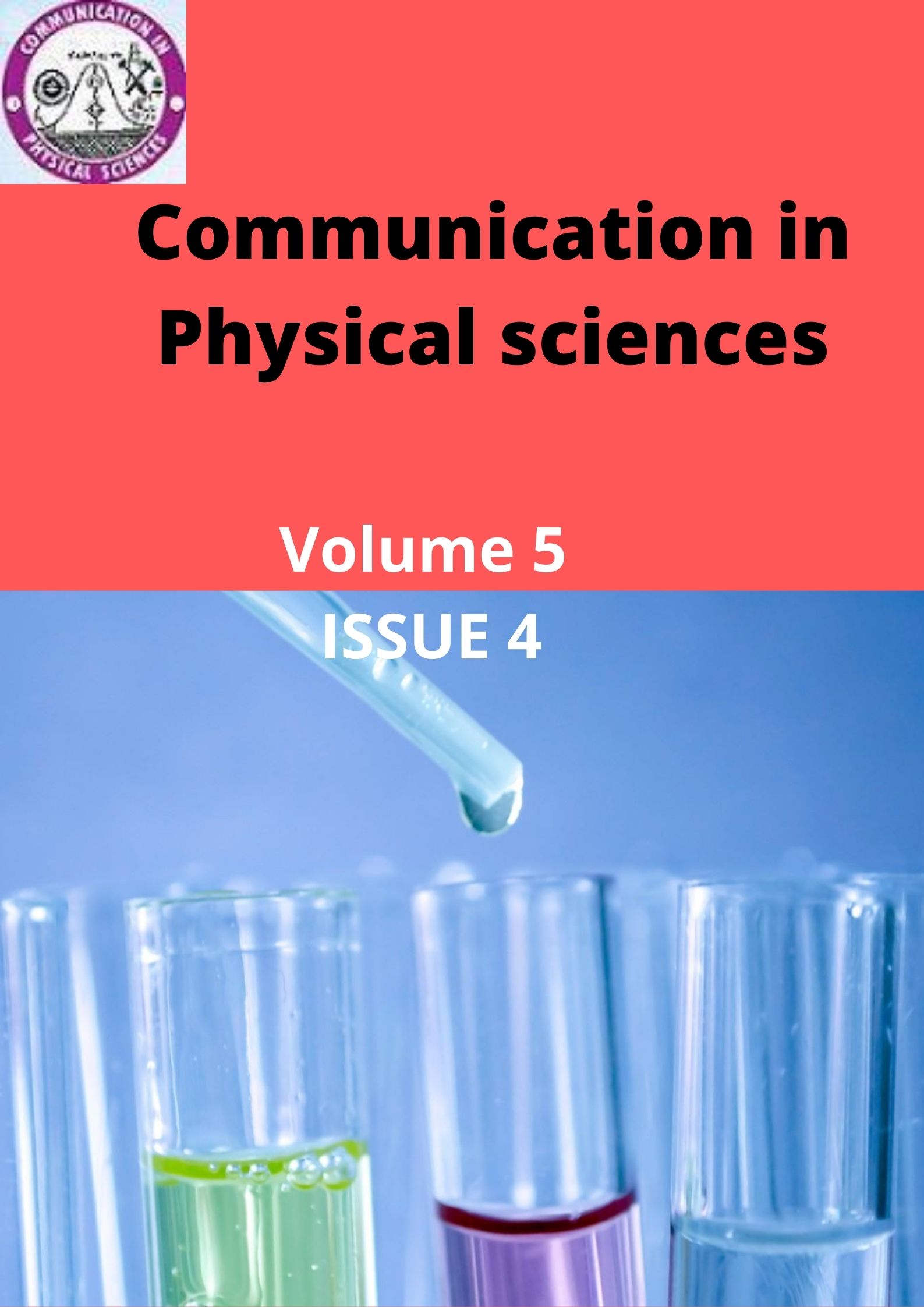Experimental study of the removal of cobalt ion from aqueous solution using chitosan
Keywords:
Contamination of water, cobalt, remediation, adsorption, chitosanAbstract
Authors: Augustine Odiba Aikoye , Ifiok D. Ufia and E. O. Udofia
High concentration of heavy metals (such as cobalt) can create serious environmental problems through pollution of the aquatic environment and subsequent magnification, accumulation and transfer to other components of the environment. In attempt to search for ecofriendly approach aimed at reducing concentration of cobalt in contaminated water. The effectiveness of chitosan for the removal of cobalt ion from aqueous solution was investigated with reference to concentration, period of contact and through the measurement absorbance before and after adsorption. We observed that chitosan has good adsorption surface for cobalt ion and the adsorption was facilitated through the N-H and C-O functional groups in the chitosan.
Downloads
Published
Issue
Section
Most read articles by the same author(s)
- Onyeije Ugomma Chibuzo, Augustine Odiba Aikoye, Chemical Information from GCMS Analysis of Acetone-Ethanol Ex-tract of Piper guineense Leaf. Part 2 , Communication In Physical Sciences: Vol. 5 No. 4 (2020): VOLUME 5 ISSUE 4
- Augustine Odiba Aikoye, Theoretical and Biochemical Information studies on Compounds Detected in GCMS of Ethanol Extract of Chromolaena odorate Leaf , Communication In Physical Sciences: Vol. 6 No. 1 (2020): VOLUME 6 ISSUE 1
Similar Articles
- Nyeneime William Akpanudo, Ojeyemi Matthew Olabemiwo, Pore Parameters Analysis of Echinochloa pyramidalis leaf Dopped Silver Nanoparticles , Communication In Physical Sciences: Vol. 11 No. 4 (2024): VOLUME 11 ISSUE 4
- Umar Dangoje Musa, Eloayi David Paul, Sani Uba, Nsikan Nwokem, Sani Danladi, Risk Assessment of Selected Metallic Pollutants in Fish from Zuru dam, Kebbi State, Nigeria , Communication In Physical Sciences: Vol. 12 No. 3 (2025): VOLUME 12 ISSUE 3
- Attah Chuks Emmanuel, Removal of Cadmium Ion from Aqueous Solution by oyster-based Based Calcium Oxide Nanoparticles , Communication In Physical Sciences: Vol. 10 No. 3 (2023): VOLUME 10 ISSUE 3 (2023-2024)
- Richard Alexis Ukpe, The Investigation of the Corrosion Inhibition Efficiency of Aqueous extract of Vernomia Amygdalina for Mild Steel In Various Concentrations of HCl , Communication In Physical Sciences: Vol. 10 No. 1 (2023): VOLUME 10 ISSUE 1
- Samuel Eguom Osim, Benefit Onu, Evaluation of Growth and Nutrient Profiles of Phaseolus vulgaris L. in Soil Treatment with Paint Waste Water , Communication In Physical Sciences: Vol. 8 No. 4 (2022): VOLUME 8 ISSUE 4
- Yunusa Habibat, Omoniyi K. Isreal, Stephen Abechi, Aroh A. Oyibo, Owolabi A. Awwal, Imam Naziru, Green Synthesis of Titanium Oxide (TiO2) Nanoparticles Using Phyllanthus Niruri and Assessment of Its Antibacterial Activity in Wastewater Treatment , Communication In Physical Sciences: Vol. 10 No. 1 (2023): VOLUME 10 ISSUE 1
- Nathaniel Atamas Bahago, Gideon Wyasu, Mary Gojeh, Optimization of Activated Carbon Preparation from Corncob Wastewater Treatment , Communication In Physical Sciences: Vol. 7 No. 2 (2021): VOLUME 7 ISSUE 2
- M. Musah, M. M. Ndamitso, H. Yerima, J. T. Mathew, G. O. Iwuchukwu, Nutritional Assessment of Vigna unguiculata sub spp. sesquipedalis Seeds , Communication In Physical Sciences: Vol. 5 No. 4 (2020): VOLUME 5 ISSUE 4
- Nwokem, Calvin Onyedika, Kantoma, Dogara , Zakka Israila Yashim , Zaharaddeen Nasiru Garba, Kinetic and Thermodynamic Studies on Adsorption of Pb2+ and Cr3+ from Petroleum Refinery Wastewater using Linde Type a Zeolite Nanoparticle. , Communication In Physical Sciences: Vol. 10 No. 3 (2023): VOLUME 10 ISSUE 3 (2023-2024)
- Steven S. Odoemelam, Jude C. Nnanji, A Review on the Synthesis and Application of Nanomaterials for the Removal of Emerging Contaminants from Industrial Wastewater , Communication In Physical Sciences: Vol. 5 No. 3 (2020): VOLUME 5 ISSUE 3
You may also start an advanced similarity search for this article.




